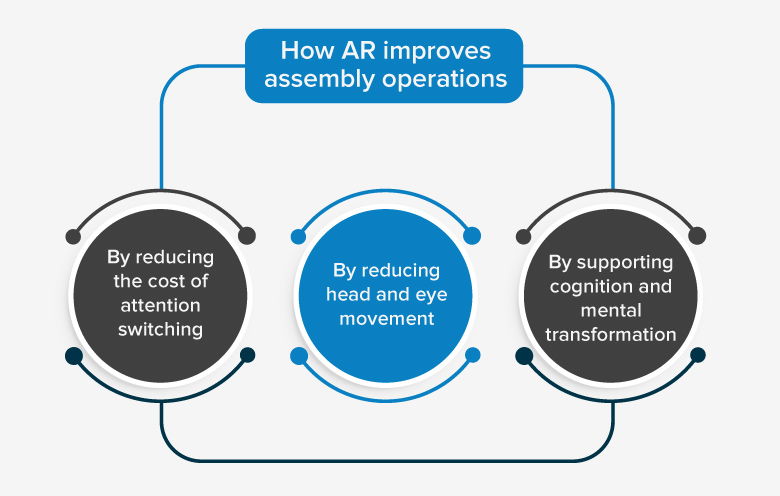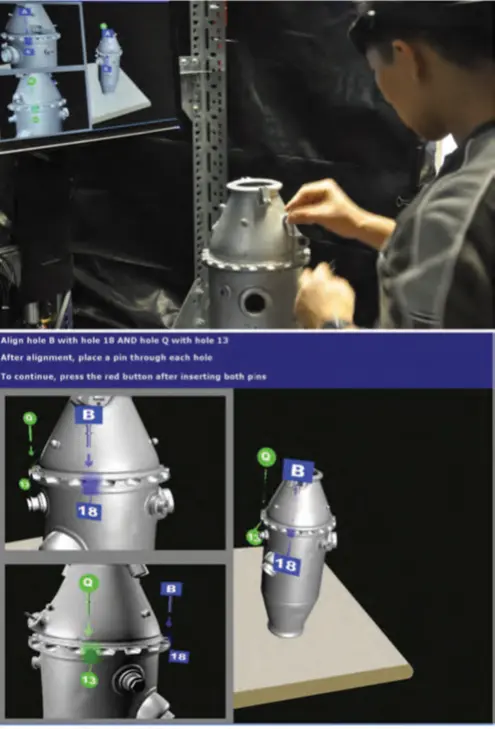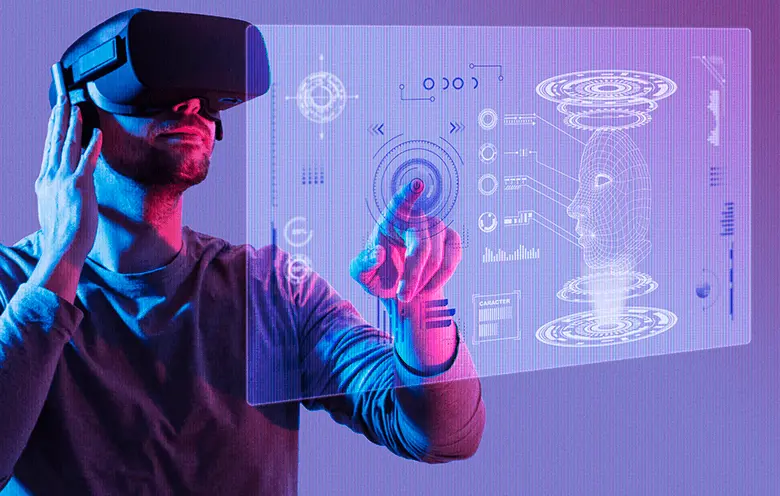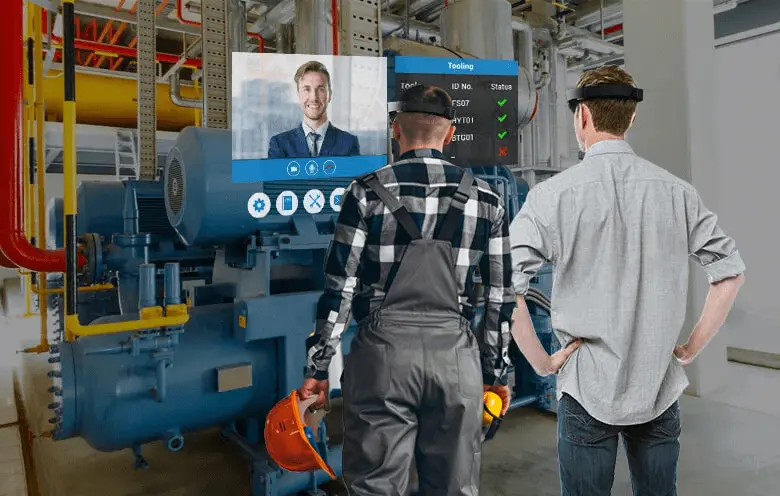Do you know why training is directly proportional to a company’s profitability?
The end-to-end automotive industry consists of three key operations: manufacturing, maintenance and repairing as well as inspection and testing. While augmented reality (AR) technology can assist in all of them, this blog post is centered on the underlying basis of all operations – employee training or how AR training application for automobile can be valuable for you.
Human resources are every organization’s lifeblood. Take any successful company and you will notice that the company could achieve its goals due to its highly trained personnel. Such companies believe employees are the most valuable assets as they can create or destroy a company’s credibility and thus influence profitability. Without proper training, employees do not obtain the knowledge and build the skill sets essential to fulfill their roles to their fullest.
Training and development are one of the lowest things on the priority list of most companies, but several factors push the automotive industry to keep their employees up to date to meet the resulting challenges. These challenges include innovative technologies and development, competition from other businesses and the demand from consumers for ultra-modern personalized products.
If you are still ignoring the importance of training, check out the following bitter truth.
“Companies that put a priority on employee development make median revenue of $169,100 per employee while companies that don’t make $82,800, which is less than half.” – eMarketer Report 2018
Why augmented reality is the best way to impart better training
What is augmented reality
Augmented reality is an innovative technology that can be described as a medium for interaction between humans and machines that overlays computer-generated information on the real-world environment. In simple terms, AR is a set of three features:
- Combination of real objects and virtual objects in a real environment.
- Real-time interaction with the system and the ability to react to user inputs.
- Geometrical alignment of virtual objects to real objects in the real world.
- Pricing calculation errors related to multiple pricing models, managing discounts, etc.
- Unreliable and unrealistic traditional processes lead to weeks of back-and-forth.
- Lack of collaboration between the client and the production or engineering department.
- Other challenges include a longer quote-to-order cycle, eroding profit margins and error-prone orders.

Streamline sales process with Augmented Reality (AR) product visualization
Webinar agenda
- Why manufacturers should realize the importance of Augmented CPQ
- Common challenges faced by manufacturers to close deals faster
- Ways to streamline sales process using Augmented CPQ
Applications of Augmented Reality in the automotive industry
AR in automotive manufacturing
Amongst different manufacturing processes involved in automotive manufacturing – fabrication and assembly operations are of critical importance. Assembly operations have become largely automated today, which are ideal for tasks that have well-defined locations to acquire and insert parts. In a standard automobile assembly, the fabrication of the body and chassis are normally automated, while the final assembly of interiors, lighting and trimming are manual. In a market where customization gives a competitive advantage, the cost of redesigning automated processes can become substantial, whereas human workers are highly adaptable.
One of the main issues with manual assembly is – it often takes days or even months for an inexperienced assembler to develop expert knowledge of highly complex assembly processes. In some situations, even the experts must continuously refer to the instruction manual for infrequently performed procedures. While in agile manufacturing, assemblers face the challenge of a continually changing assembly process. It is impractical to re-train assemblers every time the assembly process changes. That’s why AR has gained momentum in automotive training.
To see how AR improves assembly line operations, look at the following
By reducing head and eye movement:
In an AR environment, 3D synthesized computer graphics are overlaid in the user’s field of view. That enhances eye-on-the-workspace time, so naturally, user performance is expected to increase.
By reducing the cost of attention switching:
Using AR, synthesized computer graphics are merged with the user’s view, so that attention can be drawn with arrows, tags, object highlighting, animations, etc. As a result, attention switching between the instructional medium and the task can reduce.
By supporting cognition and mental transformation:
To reduce errors and improve accuracy, it is important to realize the limitations of working memory. There have been several theories suggesting a solid relationship between spatial location and working memory. By spatially relating information to physical objects and locations in the real world, AR provides strong leverage of spatial cognition and memory. That’s why AR is widely adopted as an on-the-job training facilitator.
To learn more or discuss a specific use case about how AR development services can assist your assembly operations, you can talk to our experts.
AR in maintenance and repairing
Maintenance and repairing activities often follow procedural tasks using manuals, job cards, schematics, etc. Such routine maintenance and repairing tasks generally consume a significant chunk of time. And in case if an operation error occurs, it may also turn into an economic loss for companies.
Dr. Henderson and Professor Feiner in their research article, titled, “Augmented reality in the psychomotor phase of a procedural task” showed how Rolls-Royce Dart 510 turboprop engine’s maintenance and repair activities are supported by AR. One of the tasks from the engine’s maintenance activities is ‘pinning’ in a combustion chamber. The following figure shows how AR helps a user in identifying the prescribed attachment and pinning points.
Source: ISMAR 2011
The figure shows a participant performing pinning in the LCD condition (top) and a screen-captured example display from a similar task (bottom). The example shows perfectly how AR assists with procedural tasks.
AR in inspection and testing
There are car manufacturers who provide AR automotive training for inspection and testing. Such an AR-based system combines tracking, object recognition and task-oriented user interfaces to ensure unparalleled workshop efficiency. The interface specifies the parts and components that need to be evaluated. They are marked and step-by-step guide a user to diagnose and solve the problem.
The final say
All in all, training turns uninformed employees into informed employees, unskilled or semi-skilled employees into skilled employees to perform their assigned tasks in the best way as per the company’s guidelines. And that’s also one of the reasons why training is directly proportional to a company’s profitability. To stick to a consistent quality of training, employ augmented reality apps in automobile training. For more information on AR training application for automobile, contact us.





